Ancient news stories

As the Arctic warms much faster than everywhere else on the planet in response to climate change, the findings, published this week in the Proceedings of the National Academy of Sciences, may not only be a glimpse of the past but a snapshot of our potential future.

Our solar system’s first known interstellar visitor is neither a comet nor asteroid as first suspected and looks nothing like a cigar. A new study says the mystery object is likely a remnant of a Pluto-like world and shaped like a cookie.
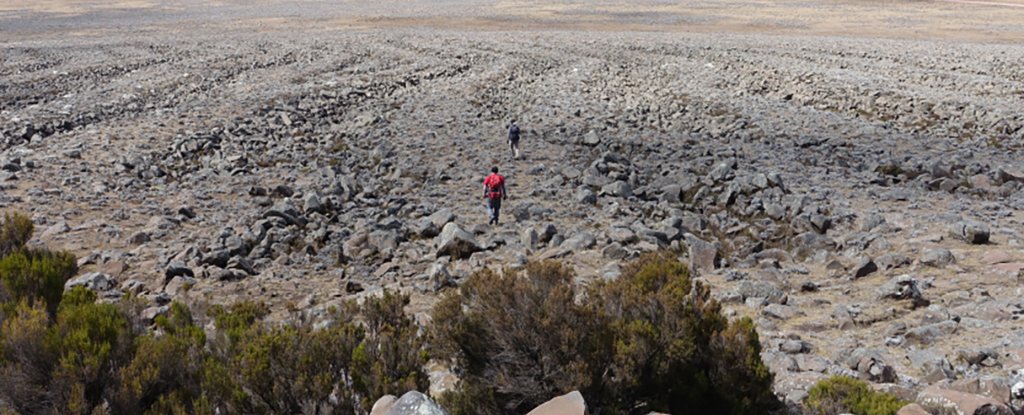
If we want to predict our planet’s future under climate change, we must better understand what has happened on Earth before, even hundreds of thousands of years in the past.

Six-millennia-old skeleton of child also unearthed during dig in Judean Desert by Israeli archeologists
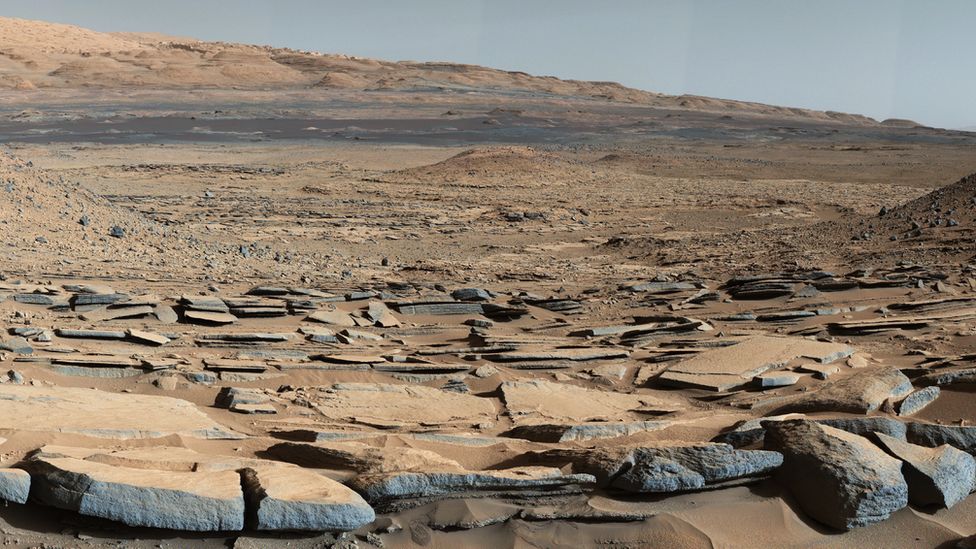
It’s a longstanding mystery: how Mars lost the water that flowed across its surface billions of years ago.
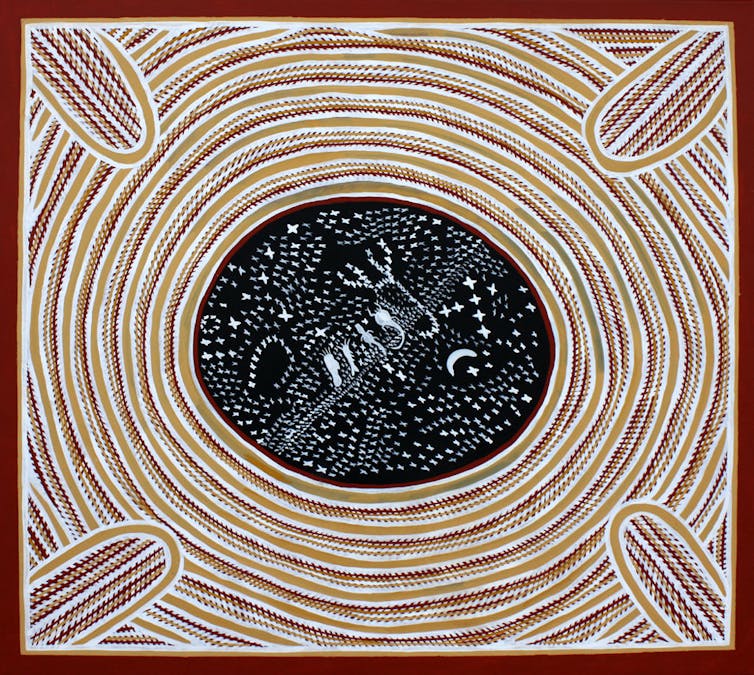
Four stars in the night sky have been formally recognised by their Australian Aboriginal names.

About 70 million years ago, an ostrich-like dinosaur brooding atop a nest of blue-green eggs met its doom, perishing with its nearly-hatched babies in what is now southern China.

The Greenland ice sheet has been there for a long time. As near as we can tell, it could have been extensive as early as 45 million years ago.

When Neanderthals, Denisovans and homo sapiens met one another 50,000 years ago, these archaic and modern humans not only interbred during the thousands of years in which they overlapped, but they exchanged ideas that led to a surge in creativity, according to a leading academic.
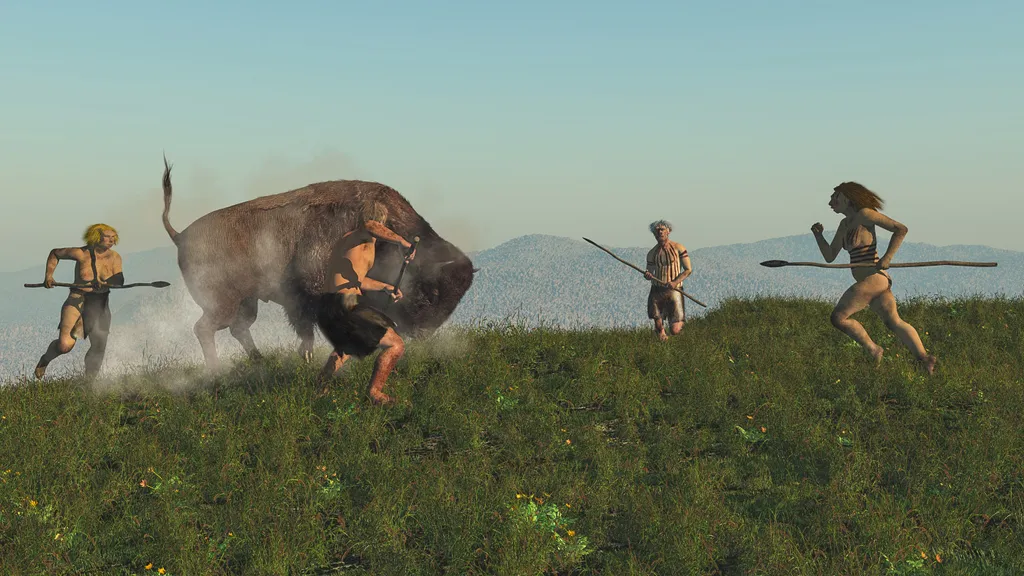
Over the course of the Pleistocene epoch, between 2.6 million years ago and 11,700 years ago, the brains of humans and their relatives grew. Now, scientists from Tel Aviv University have a new hypothesis as to why: As the largest animals on the landscape disappeared, the scientists propose, human brains had to grow to enable the hunting of smaller, swifter prey.
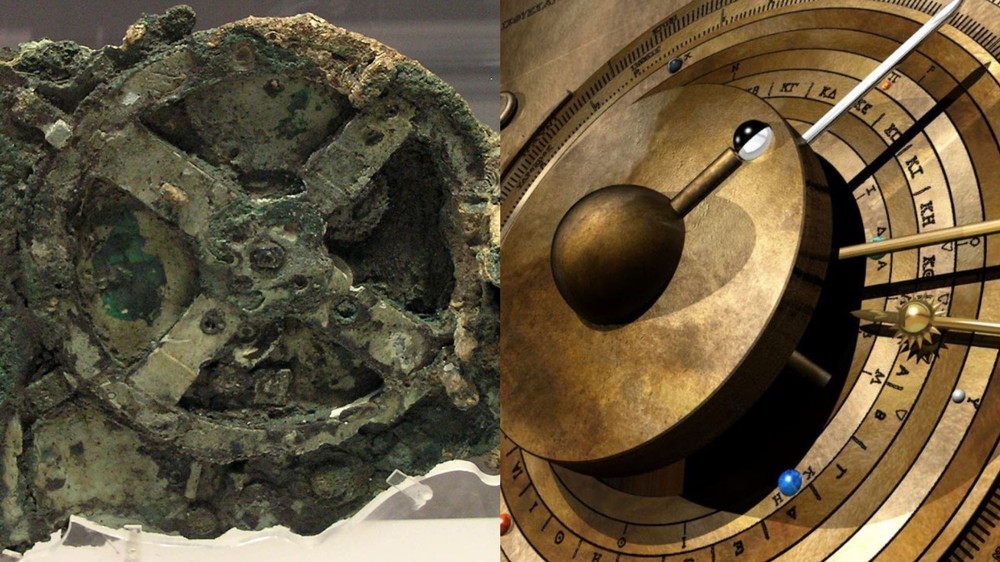
A digital model has revealed a complex planetarium on the ancient device’s face. “Unless it’s from outer space, we have to find a way in which the Greeks could have made it,” researchers say.

Sobek, crocodile-headed god of the Nile; Sekhmet, leonine goddess of war; Anubis, jackal god of the underworld; and Hathor, mother goddess with a cow’s horns: The ancient Egyptian pantheon of gods was filled with divine animals.
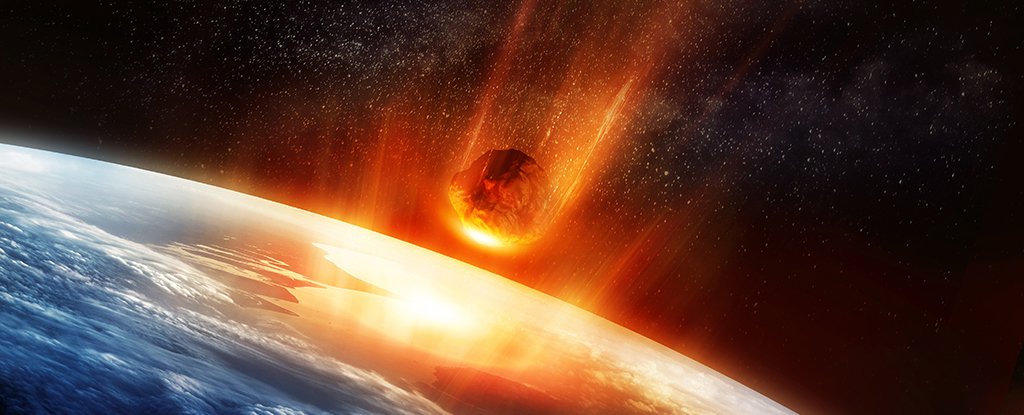
Earth and giant meteorites go way back, but new research confirms that what had been proposed as the oldest impact crater on the planet – the 100-kilometer (62-mile) wide Maniitsoq structure – isn’t actually an impact crater at all.
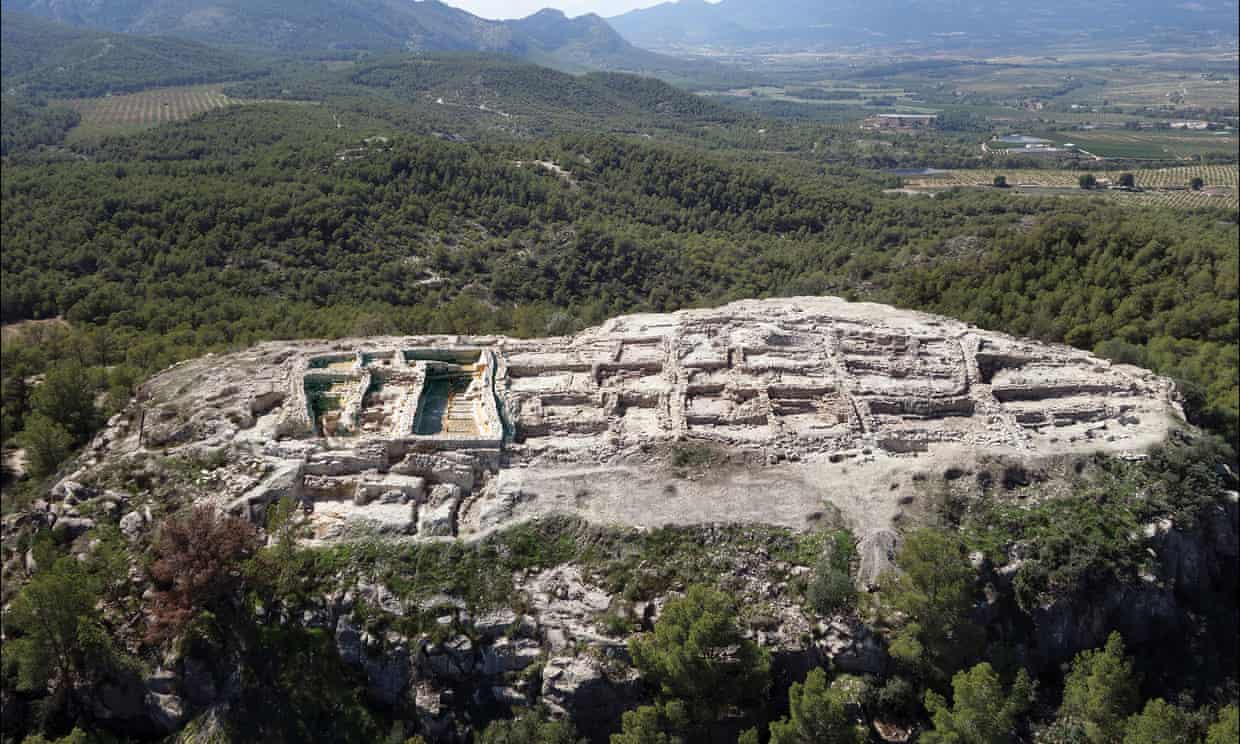
A burial site found in Spain – described by archaeologists as one of the most lavish bronze age graves discovered to date in Europe – has sparked speculation that women may have been among the rulers of a highly stratified society….

Scythian people of ancient Ukraine led more complex lives than commonly assumed, according to a study published March 10, 2021.
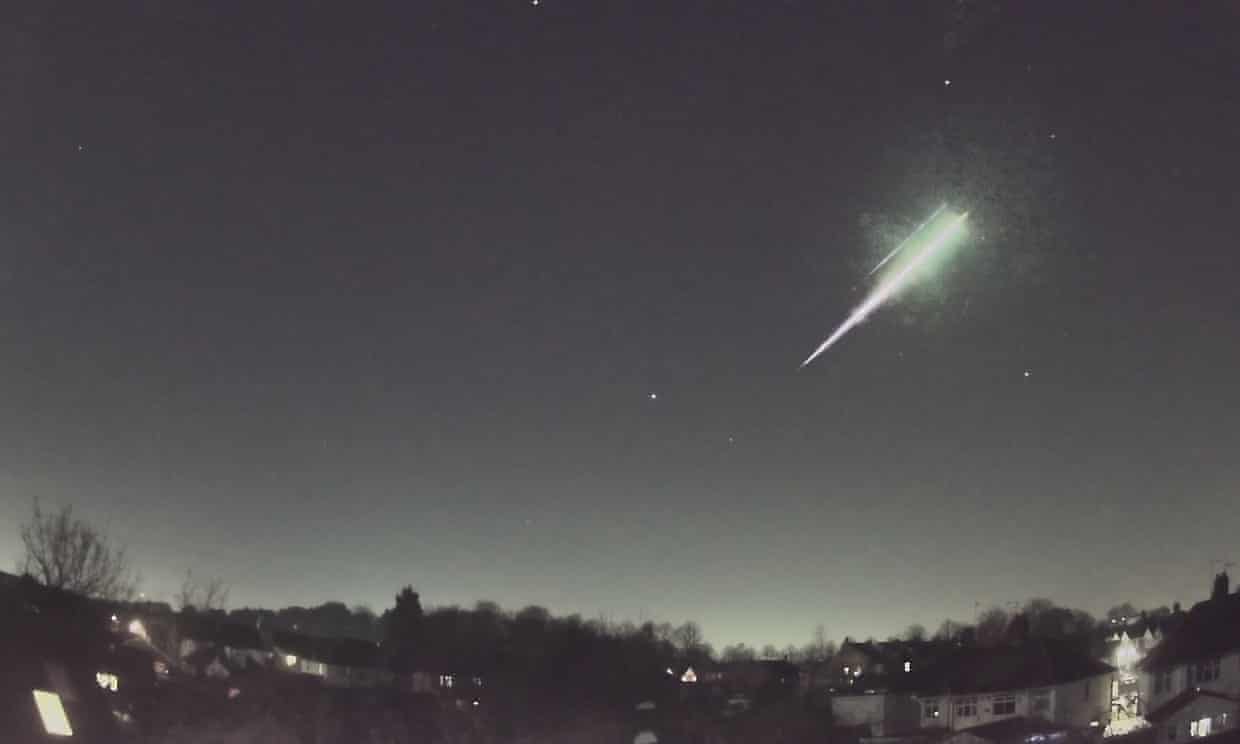
A lump of a rare meteorite that lit up the night sky over the UK and northern Europe last week has been recovered from a driveway in Gloucestershire.








